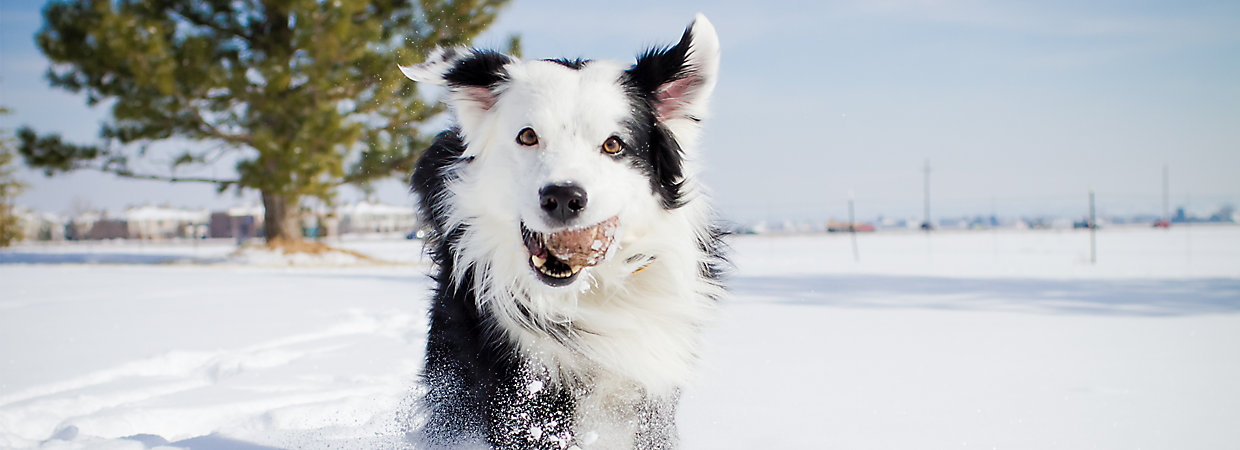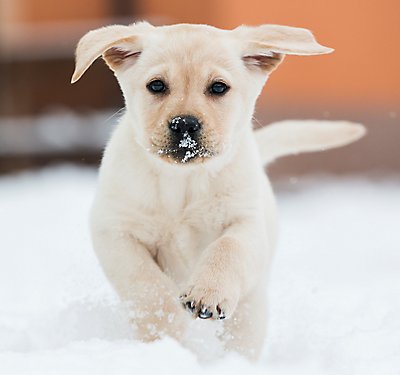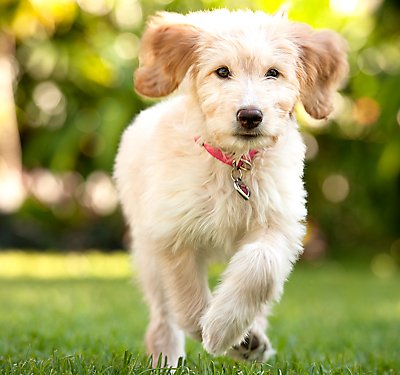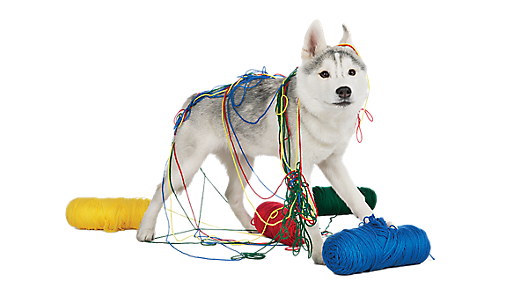
 top
top
DOG / health & care
Winter Pet Safety: Keeping Warm & Healthy
Overview
Winter is magical. The snow falling from the sky and forming a soft blanket on the ground is beautiful. Even our pets love to play in the snow when that time of year comes around. Even though winter is wonderful, there are still some dangers that pet parents need to be aware of so that they can keep their pets safe. After all, your pet’s safety is the number one priority!
Why Can Winter be Dangerous for Pets?
With extremely cold temperatures comes a lot of trouble for everyone! We have the ability to bundle up in tons of layers and protect ourselves from those cold temperatures, but our pets do not. Here are some of the challenges our pets face during cold weather:
- Dry Skin - The outside air becomes extremely dry when the temperature drops and can dry out their skin, just like ours. We put lotion on our skin, but that isn’t exactly easy to do when you have a ton of fur.
- Cold Ground - With the air temperature going down, the ground temperature does too. Pets can get frostbite on their paw pads or extremely dry skin that can chip and crack, causing them pain.
- Body Temperature - Hypothermia is a risk of our pets spending too much time in the cold. Even though they have fur, it does not protect them from extreme temperatures. This can happen really fast if their fur gets wet from the snow.
- Salted Pavement - Road salt can be corrosive and damaging to car parts and pavement, so it can definitely damage your pet’s paws. Wipe their paws off after going outside to make sure it doesn’t stay there too long.
- Cars - Car engines stay warm for quite some time after they are turned off. Cats love to crawl up into accessible parts of cars to take a nap where it is cozy. This is obviously very dangerous should someone start their car again and try to drive off. Not only this, but leaving your dog in the car during extremely cold temperatures can be just as dangerous.
How to Improve Winter Pet Safety:
There are plenty of ways to improve winter pet safety while still letting them enjoy the snow and cold temperature.
- Protect Their Paws - There are a lot of ways that a pet’s paw pads can be damaged during the winter. Cold grounds, salted pavement and dry skin can also lead to painful damage for them. There are several ways to protect their paws from things like this. Pet parents should try using paw pad balm before sending their pet outside or taking them on walks. This or they can try using little pet booties to keep their skin from touching anything. Remember, wipe their paws after coming in from outside.
- Brush Their Fur - Dry skin isn't fun, so in order to help your pet combat it, brush their fur regularly. This will remove excess dander and fur that might be building up and making the problem worse.
- Keep Them Dry - Having wet fur is a really fast and sure way to dry out their skin and decrease the temperature of their body. After a jaunt in the snow or splashing in puddles, be sure to dry your pet with towels or a hair dryer. Although your pet shakes off excess water from their coat, they can still be damp. To prevent dry skin, bathe your pet less frequently. If they need a bath, use pet shampoos that are hydrating to the skin. To keep their body temperature up, don’t send them outside with wet fur or let them play too long in the snow before bringing them inside.
- Always Check Your Car - If you know that there are cats that like to hang around your house or that your cat adventures outside from time to time, always check your car before driving it. Cats like to hide under the hood and up above tires.
- Indoor Exercise - If the temperature is too cold, but you’re worried about your dog’s exercise levels, find ways to get them moving indoors. Dog toys like ropes and balls can still help get their heart rate up without exposing them to the elements.
- Heated Pet Beds - If your pet has to spend any amount of time outside, make sure they have a cozy pet bed to come home to. Heated dog pets and heated cat beds can be a great way to sooth your pet’s cold joints while bringing their body temperature back up.
- Winter Shelter For Dogs - If your dog or cat is going to be outside for a few minutes, make sure they have a place to take shelter if they want to. Winter dog supplies, like winter dog shelters, can be a great place for them to escape the wind until it's time for them to come back inside.
- Check Their Water - check outdoor water bowls to make sure they don’t freeze. Change the water regularly or make sure they have access to their water inside.
- Add Extra Layers - Ever wondered about the terrier in the sweater vest or the collie in a dog coat? They can serve as more than just expressions of affection from a pet parent. While dogs and cats have fur, they are warm-blooded and not immune to temperature changes. This means they can benefit from an extra layer for warmth. If it's especially cold where you live, look to your pet to gauge comfort levels and plan time to dress them accordingly. A few factors can determine how to dress your pet for winter play. If your pet is small and short-haired, they’re likely sensitive to the cold. The same goes for older pets and those that may be frail or ill. You can't take your pet's temperature by touching their nose, but you can feel their body to see if they’re shivering. Whatever you deside to dress their dog it, make sure it matches their stylish pet ID tag.
When to Bring Your Dog (or Cat) Inside
For dogs, this can actually vary between breeds. There are dogs, like huskies and malamutes, that are built to handle colder temperatures. Smaller dogs like chihuahuas might not be able to stand the cold hardly at all.
The colder it is outside, the shorter their playtime should be. Never leave your dog out in the cold in weather that you would not be comfortable in, yourself. Running around for a few minutes is totally ok, but once playtime is over, bring them back inside to get warm.
For indoor/outdoor cats, it is best to transition to a fully indoor living situation until the weather warms back up. This will improve winter pet safety and keep them protected from the elements, cars or any other winter pet danger.
Information in this article is not intended to diagnose, treat or cure your pet and is not a substitute for veterinary care provided by a licensed veterinarian. For any medical or health-related advice concerning the care and treatment of your pet, contact your veterinarian.























